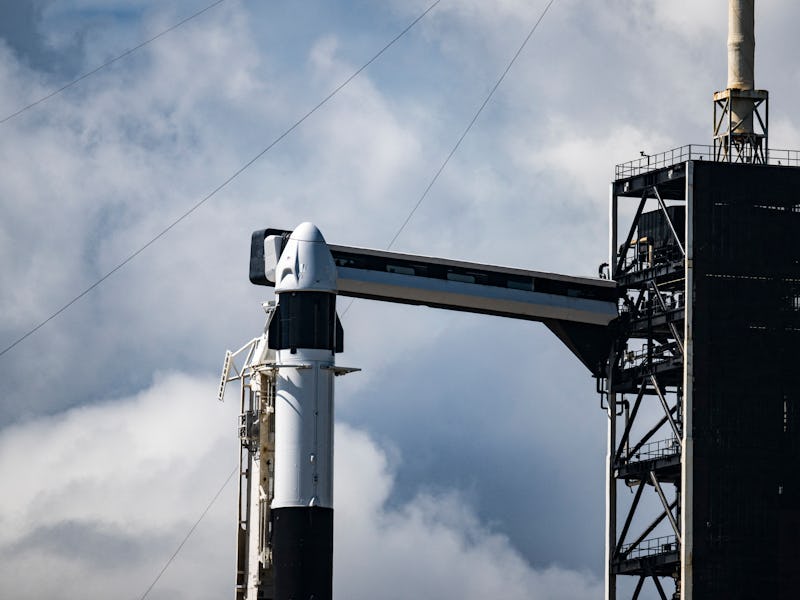A Reusable SpaceX Rocket Booster Just Utterly Malfunctioned — And It Could Affect Boeing Starliner’s Stranded Astronauts
A reusable SpaceX rocket booster met its end, and now the FAA is investigating.

Astronauts commuting to and from space have hit several setbacks this week. The latest comes from SpaceX. The private space company is currently the much needed backup plan for stranded Boeing Starliner astronauts. But it's also experiencing some issues of its own. An issue with one of its boosters has delayed the launch of another crew of astronauts — and it may affect the timeline of Boeing’s stuck astronauts as well.
SpaceX uses its first stage boosters of its Falcon 9 rockets on a number of projects as a key aspect of these boosters is that they are reusable. If all goes according to plan, the first stages fly into space, detach from the rocket’s second stage, and then navigate back down to Earth’s surface where they land on special ships in the ocean. But during a routine launch on Thursday to add more satellites to the growing SpaceX Starlink communications constellation, something went wrong.
“After a successful ascent, Falcon 9's first stage booster tipped over following touchdown on the A Shortfall of Gravitas droneship. Teams are assessing the booster's flight data and status. This was the booster's 23rd launch,” SpaceX company officials shared on X. Thankfully, no injuries or property damage have been reported so far.
The Polaris Dawn mission would have flown to space this week atop a SpaceX Falcon 9 rocket. Here, the Crew Dragon spaceship called Resilience, which would have brought Polaris Dawn to space, can be seen sitting on Launch Complex 39A at Kennedy Space Center in Florida.
But as a result of the booster’s behavior, the Federal Aviation Administration (FAA) is beginning an investigation. This grounds the Falcon 9 fleet.
The booster that flew on Thursday is the same type of first stage that was going to place the Polaris Dawn astronauts into Earth orbit this week. It would also launch the SpaceX Crew-9 astronauts up towards the International Space Station in late September. Crew-9 is, as of last weekend, officially set to rescue the stranded Starliner astronauts Butch Wilmore and Suni Williams whose mission was supposed to end in June, but who will now return to Earth when Crew-9 wraps up in February 2025.
In a statement, FAA officials say the investigation will “determine the root cause of the event, and identify corrective actions to avoid it from happening again.”
In order for the Falcon 9 rockets to fly again, the FAA must first determine that “any system, process, or procedure related to the anomaly does not affect public safety.” It’s also possible that SpaceX “may need to request and receive approval from the FAA to modify its license that incorporates any corrective actions and meet all other licensing requirements,” they add.
Polaris Dawn is a collaboration between SpaceX and billionaire space entrepreneur Jared Isaacman, who helmed the Inspiration4 mission that brought the first all-civilian crew into space. Polaris Dawn would ascend towards a high orbit around Earth and execute the first all-civilian spacewalk.
If Thursday’s Falcon 9 fiasco triggers a delay in Crew-9, this six-month long mission to the ISS will start later than usual. If that happens, the Starliner astronauts may return later than February 2025. Wilmore and Williams were part of Starliner’s Crew Flight Test, a mission to certify Starliner as the second commercial spacecraft that could ferry astronauts to and from low-Earth orbit. But their eight-day mission hit a snag. Thrusters failed off and helium leaked as the Starliner approached the ISS, kickstarting weeks of discussions and experiments to determine what would happen next.
Weeks turned into months. And finally on August 24, NASA and Starliner’s manufacturer Boeing made the decision to send Starliner back to Earth without any people inside, and to return Wilmore and Williams on Crew-9’s Dragon spacecraft.